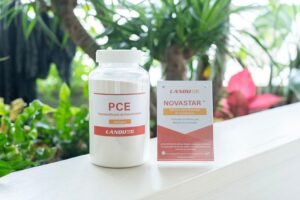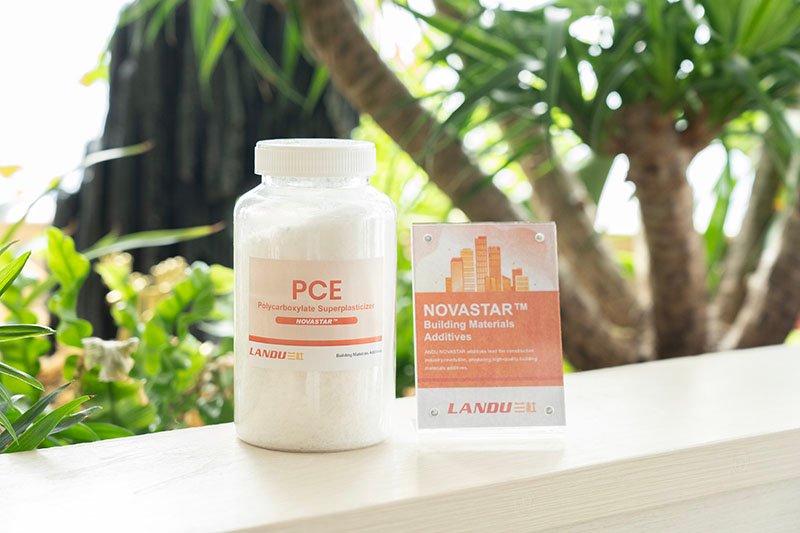
©2021 All Rights Reserved. Created with LANDU
In the modern construction industry, concrete quality is determined by more than just strength; it's about workability, performance, and cost-effectiveness. To meet today's stringent building standards, most ready-mix and precast concrete producers rely on a crucial additive: superplasticizers.
A superplasticizer is a chemical additive used in concrete to:
In simple terms, a superplasticizer helps create more workable, stronger concrete with less water.

First-generation
Second-generation
Traditional solution
Up to 35% water reduction, significantly improving concrete strength and durability
Longer workability period for easier transport and placement
Works seamlessly with modern cementitious materials and admixtures
The performance of polycarboxylate ether admixture depends on its molecular structure. A one-size-fits-all approach doesn't work for PCE formulation.
Each concrete mix varies based on factors such as cement type, required grade, and environmental conditions. For example, PCE used in ready-mix concrete should focus on extended slump retention, while precast concrete requires fast strength development.

Affects workability retention and determines how long the concrete remains fluid and easy to work with
Influences dispersion and stability, controlling how evenly cement particles are distributed
Determines compatibility with various cement types and ensures optimal performance across different formulations
Impacts dosage and shelf life, affecting both application efficiency and storage stability
Each type of concrete has unique requirements, and PCE formulations must be adapted accordingly.
Ready-mix concrete is designed for transport and pumping over long distances.
Recommended Formulation: Mid-to-long side-chain PCE with potential blending of retarders for extended workability. Typical dosage is 0.2%–0.35% by binder weight.
Precast concrete demands rapid strength gain and early demolding to maximize production efficiency.
Recommended Formulation: Low molecular weight PCE for quick dispersion, potentially blended with accelerators for fast strength development. This reduces cycle time and improves mold turnover.
SCC is designed for high flowability without vibration, used for complex forms or areas with dense reinforcement.
Recommended Formulation: Long side-chain PCE for superior dispersion, with added viscosity-modifying agents (VMAs) to control segregation. Adjust particle gradation and water-powder ratio for optimal flow.
UHPC is known for its density, durability, and extremely low water-to-cement ratio. It is used in high-performance infrastructure projects.
Recommended Formulation: High-purity MPEG/TPEG-based polycarboxylates with solid content >40%. Careful control is required to prevent gelation and premature setting.
Important: Always test under local conditions (cement type, fineness, sand quality, and water). The alkalinity of the cement, for example, can greatly influence PCE performance.
PCE is often used in combination with other additives. However, not all admixtures are compatible.
Essential for extreme temperatures but must be tested for compatibility to prevent issues like rapid slump loss or delayed setting.
For freeze-thaw durability, but their interaction with PCE must be verified to ensure proper air void system.
Ensure these additives do not impact the dispersing properties of PCE or cause unwanted interactions.
Verify that fibers do not interfere with PCE's ability to properly disperse cement particles.
Always perform compatibility tests in lab batches before full-scale production.
©2021 All Rights Reserved. Created with LANDU